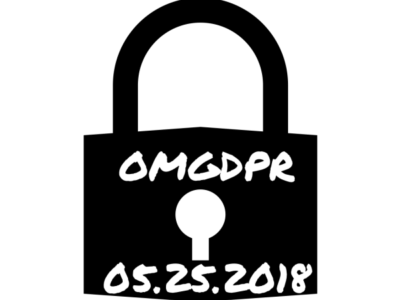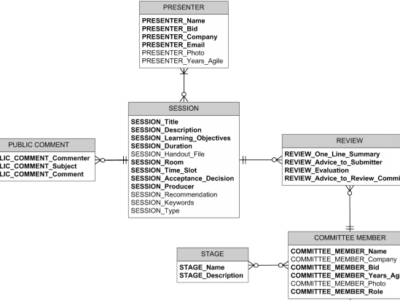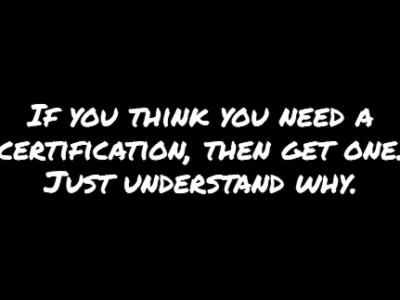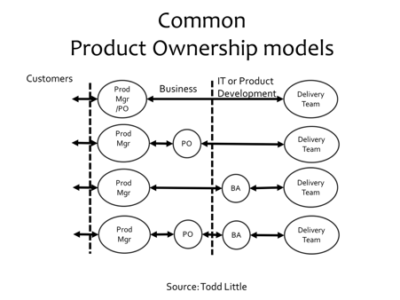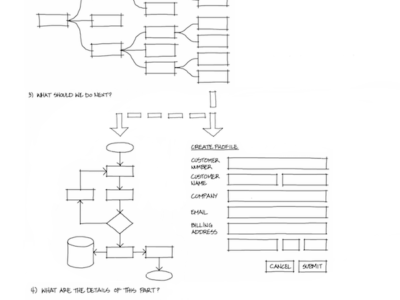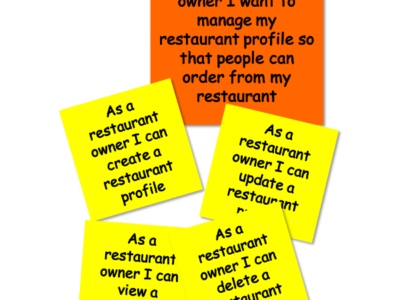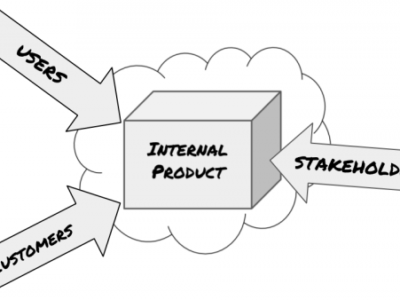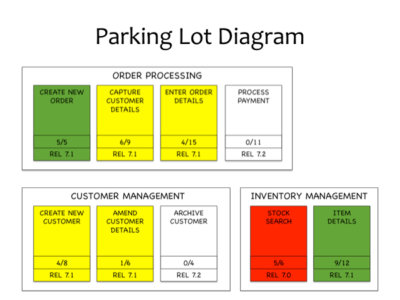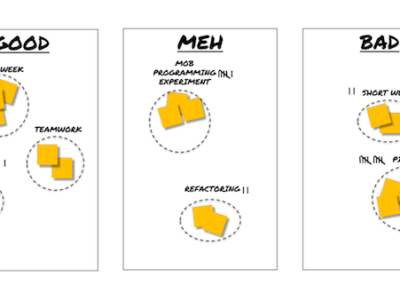Have You Heard Enough About GDPR Yet?
I know I have. My email inbox has been visited on a daily basis with emails talking about updated privacy policies and consent to continue receiving emails. I’ve also contributed to that flood of emails as I work on GDPR compliance for a non-profit organization. On the whole, I think it’s a good thing. It’s …
